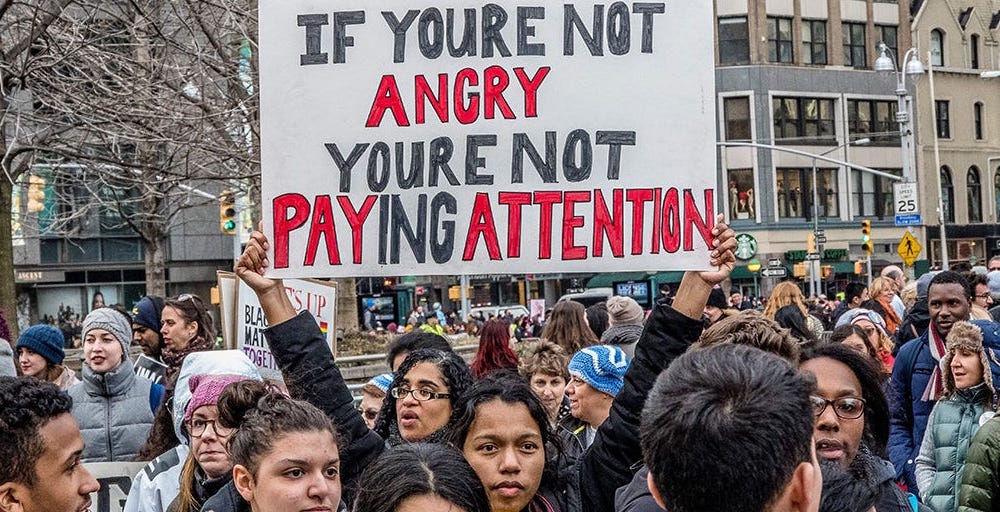Minimum Wage

Photo Courtesy of Charlie Hex Photo Depiction: Pavilions hiring sign
January 25, 2022
Do you work a minimum wage job? If so, you’re in luck because as of Jan. 1, 2022, California has raised the minimum wage from $14 to $15! This decision was part of a plan introduced in 2017 to raise the minimum wage in California $1 each year until at least 2023.
However, if your job employs less than 25 employees, the minimum wage for you is set at $14 this year, $1 less than jobs with over 25 employees.
According to the website of Cornell’s Law School, “The national minimum wage was created by Congress under the Fair Labor Standards Act (FLSA) in 1938.”
Cornell Law School says that the original purpose of minimum wage was to “…stabilize the post-depression economy and protect the workers in the labor force.”
According to Sean McWhorter, an economics teacher here at Millikan, wages have kept pace with inflation to help support people who work minimum wage jobs.
“If wages had risen at the same pace as cost of living, it would probably be $24 an hour,” says McWhorter.
QUEST junior Morgan Vocke says that the minimum wage pay at his Grocery Outlet job is appropriate, but the raise was justified.
He says that, “with raising taxes as well, things like personal hygiene products, clothing, food, and other necessities like transportation and medical care will be harder to purchase.”
Vocke also said that they are happy with the $1 minimum wage increase knowing that they’ll be able to “save more for future plans.”

Photo Depiction: California Department of Industrial Relations schedule for California Minimum Wage rate 2017-2023
Overall, while the raise in minimum wage has the potential to raise the costs of everything else even more because according to McWhorter, wages tend to keep a relative pace with inflation. While this is true, the wage increase will also help many workers of this salary afford the costs of everyday life in this new and more expensive world.
According to McWhorter, “there are two schools of thought: the wage earner now has more income, hopefully to have more things and afford what you need better, and those who pay wages where sometimes the wage increase is unwelcome because cost of production is more expensive.”
Essentially the wage increase is a case of “divergent views on the same thing” says McWhorter. It’s a double edged sword but hopefully the benefit for workers will outweigh some of the costs on employers and the economy.































Danielle Gregory • Feb 1, 2022 at 10:24 am
Feb 1, 2022
Dear Corydon editor,
In issue 4/2022 (published January 25th, 2022) Charlie Hex wrote an article titled ¨Minimum Wage.” This article discusses the recent change in minimum wage. On January 1st, 2022, minimum wage was officially changed from $14 an hour to $15 an hour. Prior to reading this article, I had heard about the change in minimum wage but I had not heard about a lot of the pros and cons of it. For example, the author mentions that the rise in minimum wage may cause inflation and taxes on everyday items to go up. If this is the case then what is the rise in minimum wage really helping? The article also provides a picture showing a chart of California’s minimum wage over the years. If the minimum wage is constantly being increased, and the issue is not being solved, what other solutions may there be? This strategy seems to be redundant and only used to keep the people at bay. It seems to me like the value of money is just continuously depleting and we need to look for other ways to help a struggling society. The author also included a quote by McWhorter saying that ¨If wages had increased at the cost of living, it would probably be $24 an hour.” which only furthers my concern. Although raising the minimum wage was a good idea and a good way to try to help those struggling with money, there has to be more helpful ways.
Sincerely,
Danielle Gregory
Kayla • Feb 1, 2022 at 10:13 am
In Issue 4/2022 (published on January 25,2022), Charlie Hex wrote an article titled “Minimum Wage” The article mentions minimum wage and how it is growing and changing. Now the minimum wage is $15 and this is because of the plan that was introduced in 2017, raising it by $1 every year. Before this article, I did not know that if the minimum wage was raised to match the cost of living, it would be $24 an hour. This brings up some questions like, $15 an hour might be good for a junior in highschool, but what about when you have bills to pay? Towards the end of the article, Charlie states, how raising the minimum wage every year will also raise the cost of everyday items. Either direction we go, there will be problems and Charlie brought to light as he said this “double edged sword”, very nicely. This article has made me have some many more questions and is this “solution” creating more problems.
Eddie • Jan 28, 2022 at 12:38 pm
Been at this store, its cool
Ryan G. • Jan 28, 2022 at 10:05 am
It’s good to see that the minimum wage goes up for those people that are getting jobs, but life cost is also rising too. It’s stupid to do this, if the price of living goes up at the same time as the minimum wage, it’s like nothing changes. Prices should stay the same for a while to allow people to actually get just a little more earnings, It’s unfair that everything goes up as well.
Allyssa • Jan 28, 2022 at 9:59 am
Good to know that minimum wage is being increased but this could mess up the economy eventually if they continue this